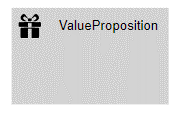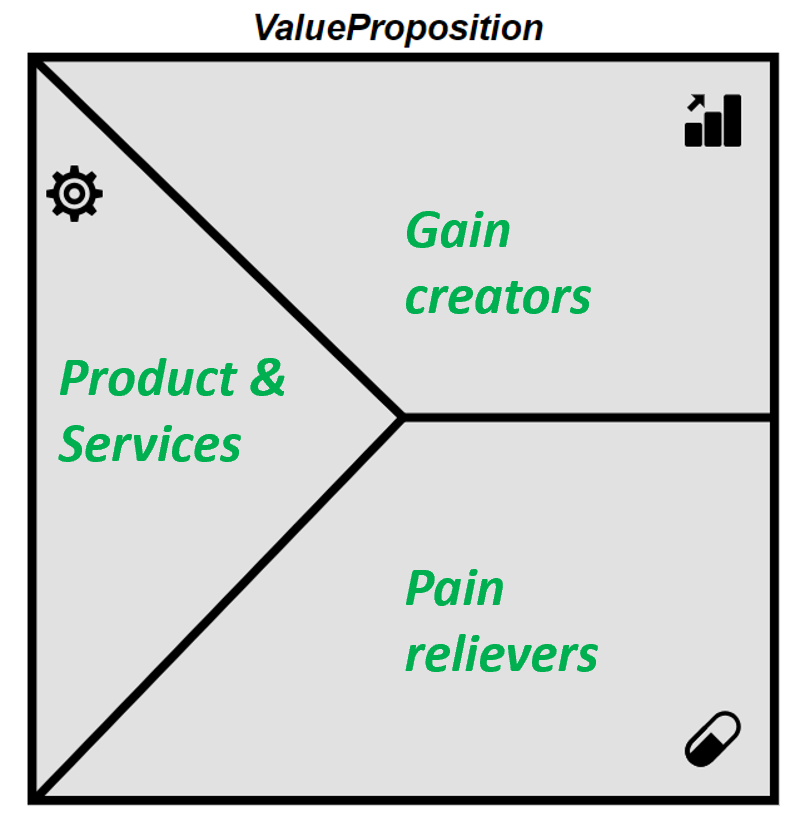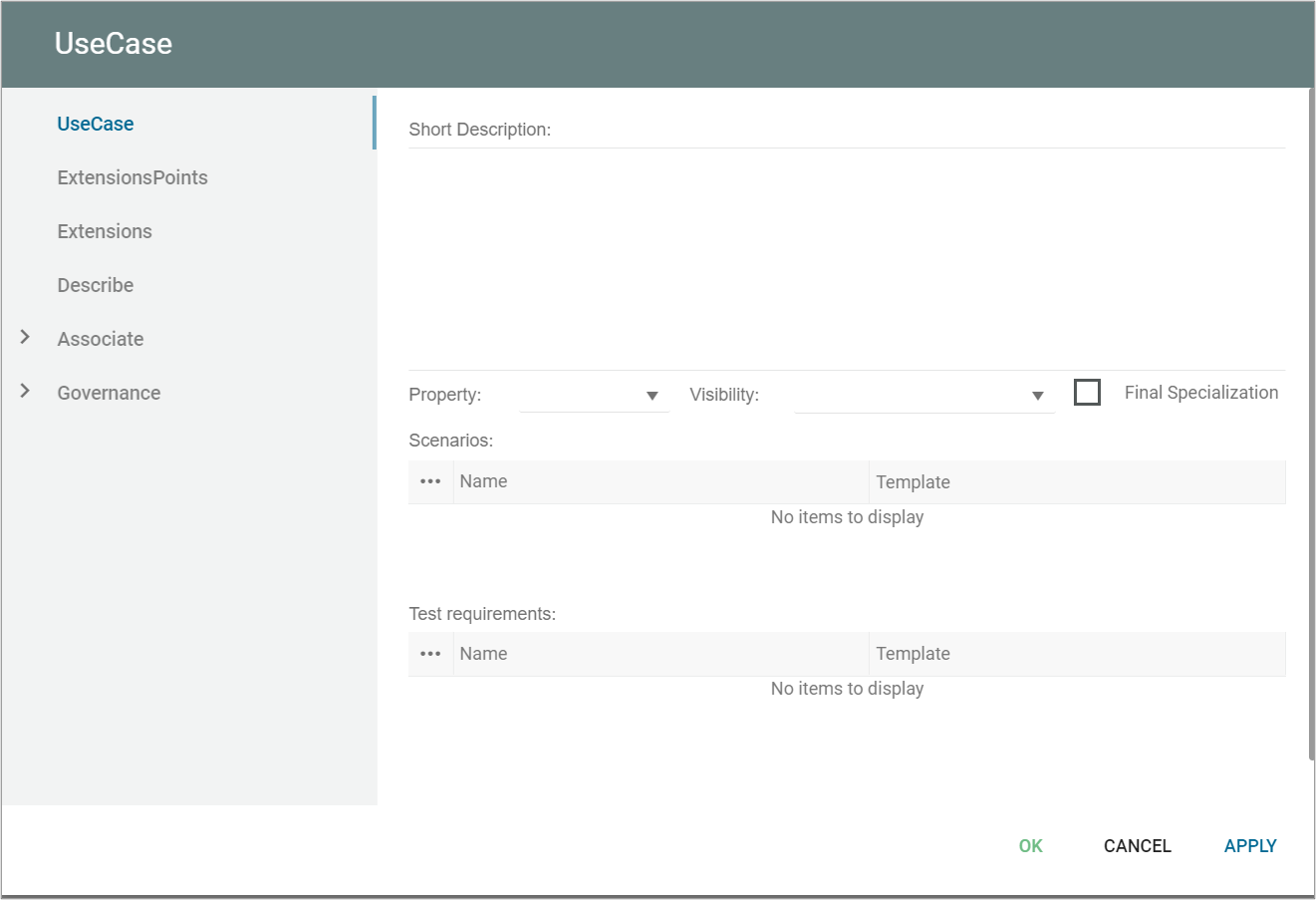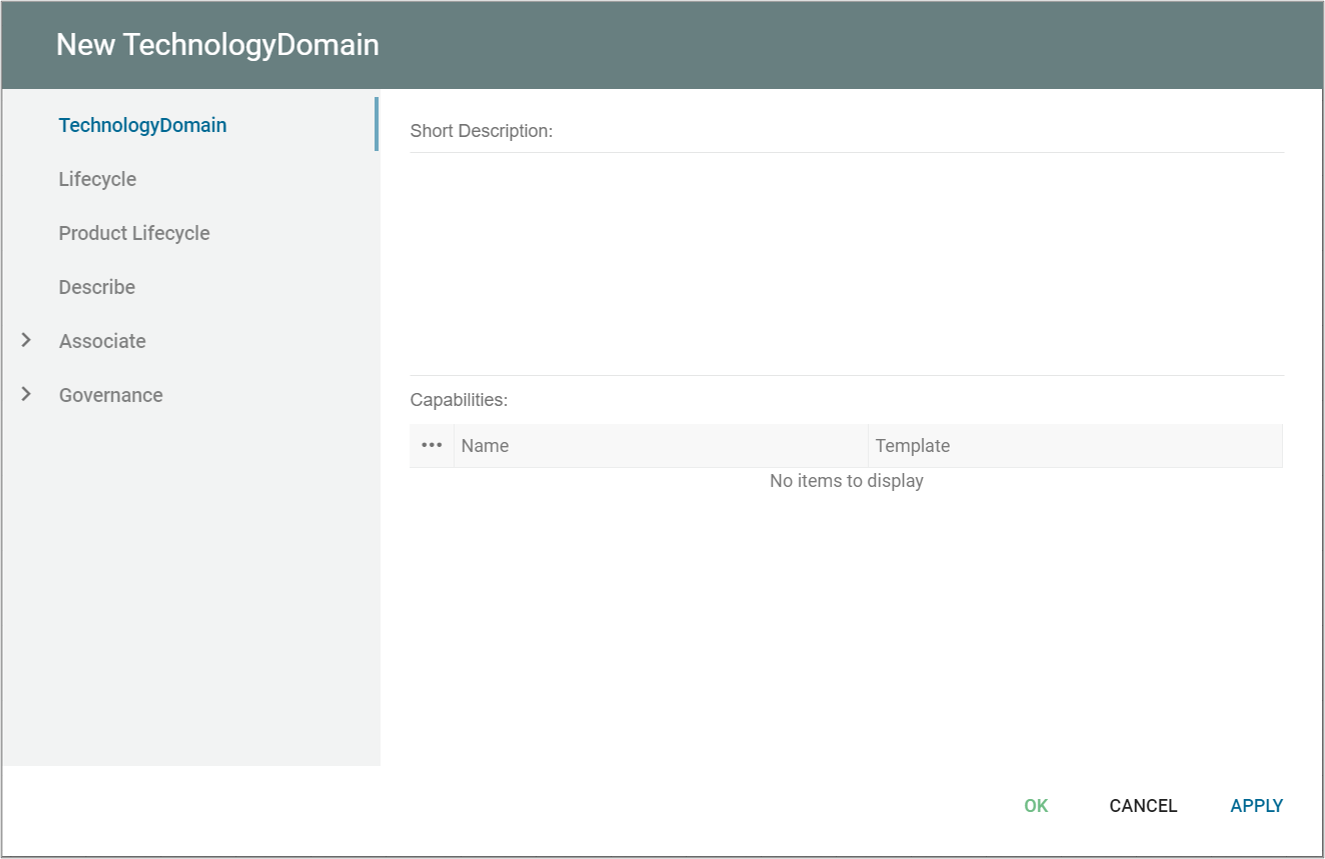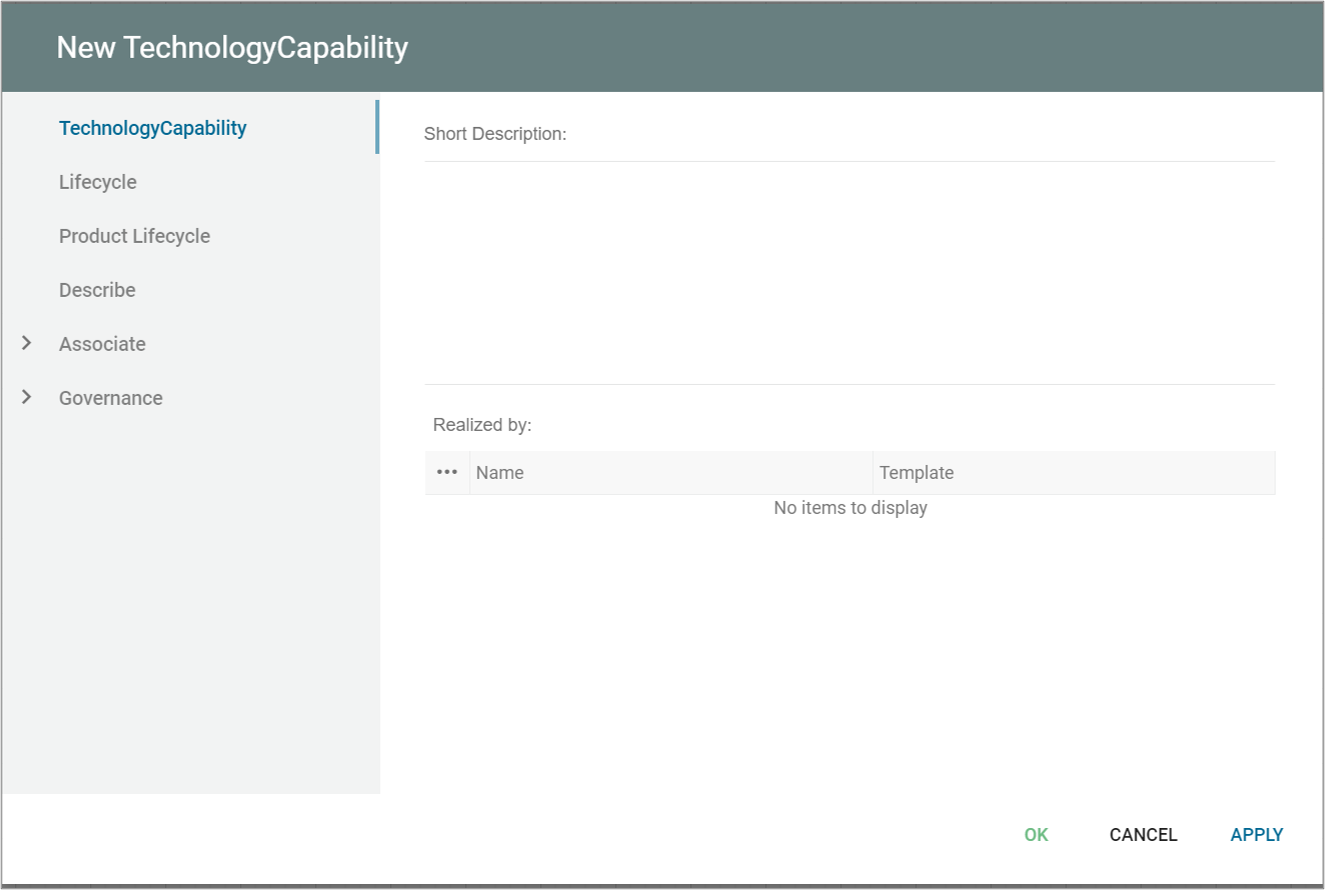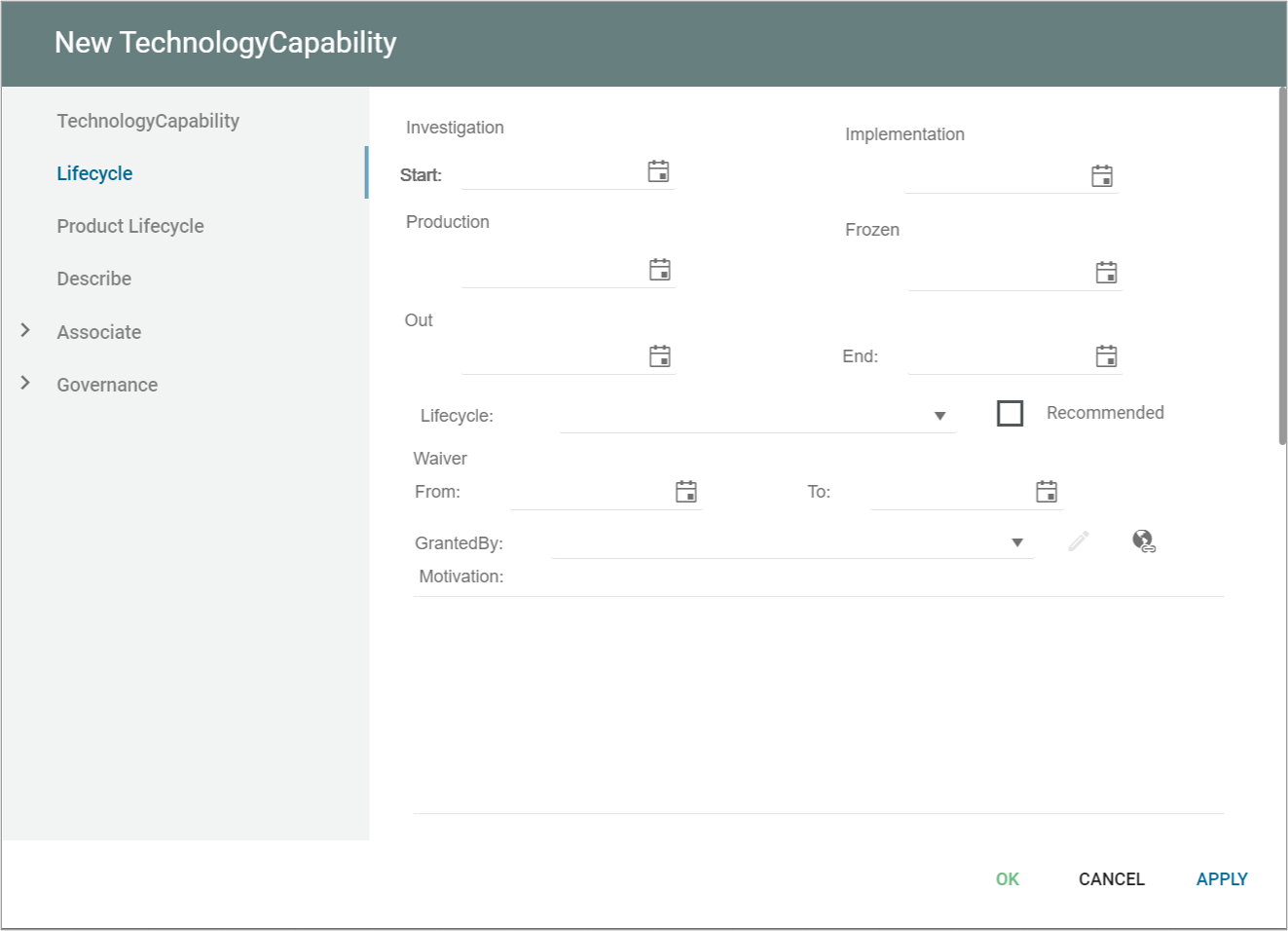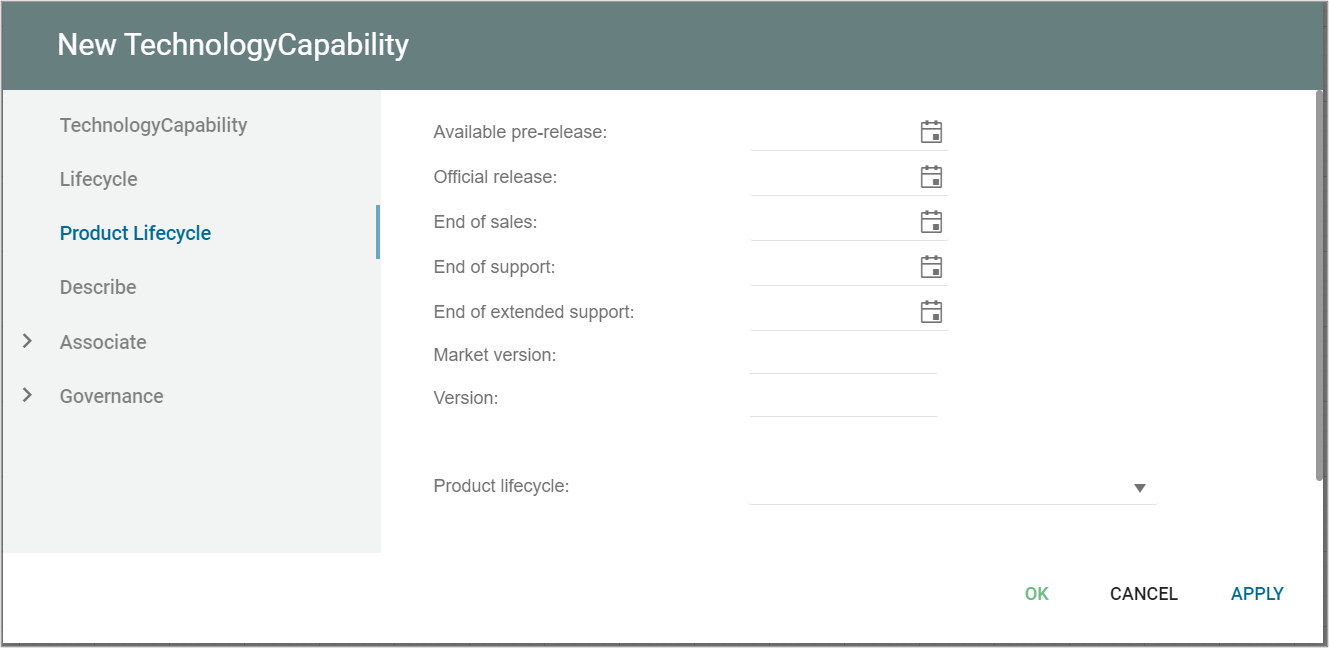A touchpoint refers to any interaction or point of contact that a customer has with a company during their journey. Touchpoints can occur at various stages of the customer journey, from initial awareness of a company’s products or services, to post-purchase support and beyond.
Touchpoints can be physical (such as visiting a store or interacting with a sales representative) or digital (such as using a company’s website, mobile app, or social media channels). They can also be proactive (such as a sales call or promotional email) or reactive (such as a customer service call or complaint).
Each touchpoint represents an opportunity for a company to engage with its customers and make a positive impact on their experience. Touchpoints can influence a customer’s perceptions of a company, and if handled well, can lead to increased customer satisfaction, loyalty, and advocacy.
When mapping the customer journey, it is important to consider all of the different touchpoints that a customer may encounter, and to design them to be as positive and seamless as possible. This can help to create a more consistent and enjoyable customer experience and increase customer satisfaction and loyalty.
